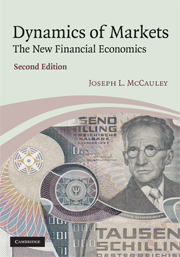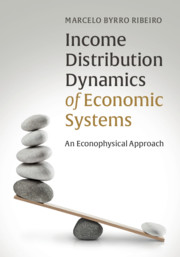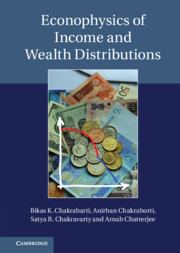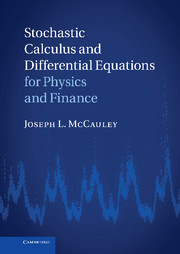Dynamics of Markets
This second edition presents the advances made in finance market analysis since 2005. The book provides a careful introduction to stochastic methods along with approximate ensembles for a single, historic time series. The new edition explains the history leading up to the biggest economic disaster of the 21st century. Empirical evidence for finance market instability under deregulation is given, together with a history of the explosion of the US Dollar worldwide. A model shows how bounds set by a central bank stabilized FX in the gold standard era, illustrating the effect of regulations. The book presents economic and finance theory thoroughly and critically, including rational expectations, cointegration and arch/garch methods, and replaces several of those misconceptions by empirically based ideas. This book will be of interest to finance theorists, traders, economists, physicists and engineers, and leads the reader to the frontier of research in time series analysis.
- Explains the history leading up to the biggest economic disaster of the 21st century
- Gives empirical evidence for finance market instability under deregulation, together with a history of the worldwide explosion of the US Dollar
- Presents advances made in finance market analysis since 2005, and includes rational expectations, cointegration and arch/garch methods
Reviews & endorsements
"A thought provoking book. It does not only argue convincingly that the 'King - of orthodox economic theory - is naked', but offers a challenging economic alternative interpretation regarding especially the dynamics of financial markets."
Giovanni Dosi, Laboratory of Economics and Management, Sant'Anna School of Advanced Studies, Pisa
"The heart of McCauley's book is a closely-reasoned critique of financial-economic mathematical modeling practice. McCauley's demonstration of the incompatibility between the assumptions of market-clearing equilibrium and informational efficiency is stunning, and sheds much-needed light on the mathematical modeling failures revealed by the financial melt-down. His unvarnished criticisms of neoclassical economic doctrine deserve equal attention. McCauley opens the windows of the self-referential world of economics to the fresh air of a mathematical physics point of view grounded in economic history and common sense. Neither monetarist, neoclassical, nor Keynesian schools of economics will take much comfort from McCauley's work, but they all have a lot to learn from it."
Duncan K. Foley, Leo Model Professor, New School for Social Research and External Professor, Santa Fe Institute
"McCauley's mathematically and empirically rigorous Dynamics of Markets is one of those rare works which is challenging, not only to an intellectual orthodoxy (neoclassical economics), but also to its fledgling rival (econophysics). Neoclassical economics and finance theory receive justifiably dismissive treatments for failing empirically, but some econophysics contributions also distort empirical data--notably McCauley shows that "fat tails" in data can be the result of applying an unjustified binning process to nonstationary data. McCauley's essential messages for the future of economics after the Global Financial Crisis is that "There is no statistical evidence for Adam Smith's Invisible Hand", and that the hand that does exist and must be understood is both non-stationary and far from equilibrium."
Steve Keen, School of Economics and Finance, University of Western Sydney
"That material of the book has been deeply reorganized and new chapters on foreign exchange markets, globalization, and macroeconomics have been added. Several parts have been rewritten and new research results have been included.
The book is a rather good introduction to economic and financial concepts from a perspective that is rarely present in more-orthodox economic books. For this reason it constitutes a good read for physicists aiming to improve their knowledge of economics. The book is also an interesting read for scholars in economics who want to challenge their views,"
Fabrizio Lillo for Mathematical Reviews
Product details
October 2009Hardback
9780521429627
286 pages
253 × 178 × 16 mm
0.72kg
19 b/w illus.
Available
Table of Contents
- Preface
- 1. Econophysics: why and what
- 2. Neo-classical economic theory
- 3. Probability and stochastic processes
- 4. Introduction to financial economics
- 5. Introduction to portfolio selection theory
- 6. Scaling, pair correlations, and conditional densities
- 7. Statistical ensembles: deducing dynamics from time series
- 8. Martingale option pricing
- 9. FX market globalization: evolution of the dollar to worldwide reserve currency
- 10. Macroeconomics and econometrics: regression models vs. empirically based modeling
- 11. Complexity
- Index.






